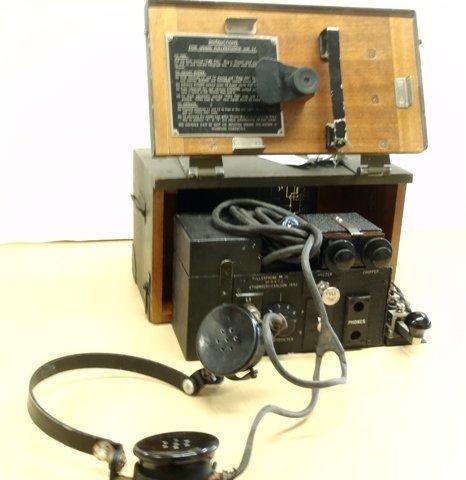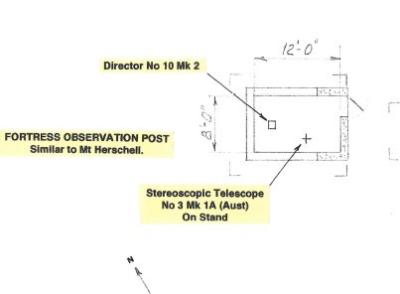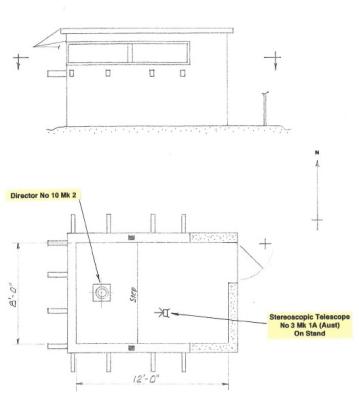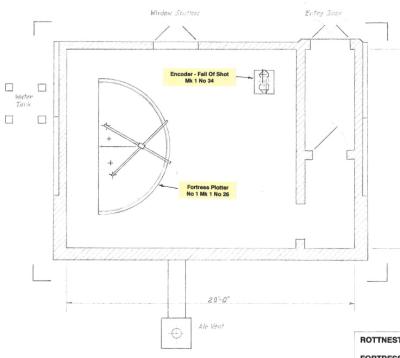World War 1 - Fullerphone Telegraph
The Fullerphone is a DC line Morse telegraph whose transmissions were practically immune from overhearing by radio, which made the system at the time when it was devised very suitable for use in forward areas during Woorld War 1. From 1935 the "Fullerphone Experimental" was developed. The result was the Fullerphone Mk.IV. Fullerphone Mk.IV* was an update of Mk.IV with radio filtering to reduce interference of radio interception.
The Fullerphone is a portable DC line telegraph signaling device that was used in both world wars. Invented by Algernon Clement Fuller, a member of the Signals Corps with the British Army in World War I, the device was designed to put a stop to the Germans intercepting intelligence in the trenches. German listening posts had been eavesdropping on frontline communications from the commonly used trench buzzer signals. The Fullerphone overcame this problem transmitting Morse signals with negligible chance of being overheard. They were first used on the Western Front in late 1915 and were widely used by 1918. the Fullerphone was also used in World War II.
Details
Details
The Fullerphone was very sensitive and a line current of only 0.5 microampere sufficient for readable signals. In practice, however, 2 microamperes were required for comfortable readings and it could be worked over normal Army field lines 15-20 miles long.
This object is in the Communications Gallery commissioned by the Australian Army Museum of Western Australia as part of the Centenary commemorations of the Royal Australian Corps of Signals in the broader context of the evolution of communications technologies. Communication devices used by the Australian Army also are presented in their operational context throughout the Museum.
Australian Army Museum of Western Australia
Australian Army Museum of Western Australia
Other items from Australian Army Museum of Western Australia
- Medal Group - 2nd Anglo Boer War, World War 1, DENNISON
- Medal Group - World War 2, Korea, Vietnam, HUTCHINSON
- Medal Group, World War 2, Le SOUEF, 2/7 Field Ambulance
- Formal Place Setting - Regimental Mess Dinner or Dining In
- Ball Gown in Style of Artillery Mess Dress Uniform
- World War 2, Rottnest Island, Western Australia, Fortress Observation Post "Bare", Bare Hill Layout, 1943
- World War 2, Western Australia, Rottnest Island, Fortress Observation Post "Shell", Mount Herschel Layout, 1942
- World War Two, Western Australia, Rottnest Island, Fortress Observation Post "Hill", Tree Hill Layout, 1943
- World War 2, Western Australia, Rottnest island, Coast Artillery Instrumentation, Barr and Stroud Rangefinder
- World War 2, Western Australia, Rottnest Island, Bickley, Fortress Plotting Room (Alternate). Layout, 1943
- World War 2, Western Australia, Rottnest Island, Coast Artillery Instrumentation, Battery Plotting Room Switch
- World war 2, Western Australia, Rottnest Island, Coast Artillery Instrumentation, Magslip Data Transmission System

Scan this QR code to open this page on your phone ->












